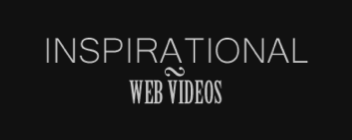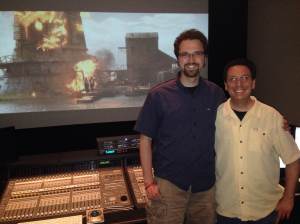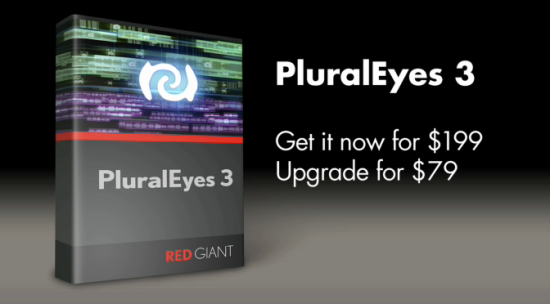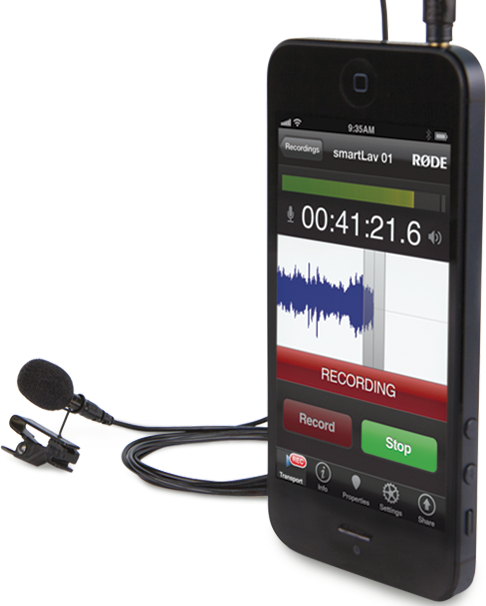Saving Time and Money in Audio Post
Some picture editors say “I don’t do sound.” Other picture editors storm into the bay and insist that as much of their edits, effects and automation as possible from the AAF remain so that their “audio doesn’t get [screwed] up.” I am much more interested in working with the latter than the former. I can tell by looking at a few moments of their output movie file, without even opening up the AAF, what their timeline will look like in Pro Tools. Typically an excellent picture edit means a well thought out edit timeline. Thankfully, there are a lot of really great editors out there. There are however, a few things that can help save some time and money when the project gets to audio post.
INDIE filmmakers wear many more hats than just one. Writing, producing, directing, editing and more... they typically will have more time than money. For those of us who work in audio, one of the first main hits on the budget typically occurs in the sound department. Location audio suffers immediately, budgeting less experienced crew, less expensive gear and usually a distinct preference for the visuals over the audio. Post audio will also suffer since it is last in the chain and budgets are exhausted at that point. These budgeting constraints can leave the audio recordings and mixing and re-recording in a precarious situation.
Meticulous picture editors will slave over their sound as much as their image choices and montage. If their picture edit is good then generally their AAF (or OMF) will be neat, organized, have a logic unto itself and best of all - sound good. If their picture edit is sloppy, not well timed to the music and effects, and mic choices all came from a composite track and not an ISO track, it might take some work to get the AAF into a Pro Tools session to edit and mix.
Obviously, a picture editor who takes the position of “I don’t do sound” probably isn’t the most experienced or celebrated editor on the block. Sound and picture in the work that we do comes as a package. They may not do sound well, but no matter what, they indeed do sound. Every dialog take that is chosen, all of the sound effects that are added and every music cue that is spotted and cut, sloppy or not, is a key choice in the final project.
Post audio can be an expensive endeavor. Its always a good idea to minimize the time spent at a facility since time is money. If the editor has spent quality time on the audio editing during the picture editing, that will help enormously in the post audio process.
Mundane tasks like cleaning up stray, unused and unwanted audio from the timeline prior to AAF or OMF export is an obvious one. There should also be a logic and consistency in the track layout. A simple solution is to dedicate separate tracks to dialog, tracks to effects and tracks to music as well as specific tracks for mono sources and stereo sources. Often the translated audio in an AAF is no longer stereo interleaved. Many picture editors do not take this into account. Sound editors and mixers don’t care about split mono files, except when they are laid out in an illogical manner.

This illustration of an extremely simple edit may help to explain this. There are stereo and mono elements bundled together here. And are laid out in an inconsistent manner as can clearly be seen. In an uncomplicated edit such as this these things can be quickly sorted out by the sound editors. But if it is an effects intensive show with many mono and stereo elements this can slow things down considerably. Instead of a quick highlight and drag to stereo or mono tracks in a Pro Tools timeline, individual audio elements must have their sound field determined and then be sorted, one by one.
Track lists that are well thought out and organized and then followed accordingly throughout the picture edit can speed the process. Not paying attention can have the unintended consequence of improperly checker boarding the stereo field of the files. What was stereo left on one track just moments ago is now stereo right later in the timeline. Multiply this practice by hundreds, if not thousands of elements, then the time spent sorting can be considerable.
If sound editors normally do this kind of sorting then why is it a big deal? Time and money. A sound house will have to do it in the course of preparing for the mix. However, It doesn’t make economic sense to be potentially paying top wages for work that could have been done in house prior to the sound hand off.
The dialog tracks, location audio cut by the picture editor, can often be organized with no particular order in mind. If location dialog were recorded with a boom and a lavaliere, it is an excellent practice, to keep the boom on one particular track and the lavaliere on another. Sounds logical. Reasonable. Practical even.... However, many times, I’ve encountered a changing track order for the various microphones - not only within the entire show edit - but also from within a single scene!
This can soak up many hours of time sorting things out what. Sound editors will not simply look at waveforms to determine which is which. The absolute best recording for each audio element must be used. If there are thousands of small bits of dialog that are not properly labelled, sorted and cut, it can take time to figure it all out. At a mix facility that extra time can translate into extra costs.
Often the duties of the audio preparation for mixing is tasked to someone who might have never seen a non-linear edit timeline opened in a program like Pro Tools. It’s understandable that if the person has no experience with how an AAF or an OMF opens on the audio side then the preparation can suffer. Although AAFs and OMFs are wonderful file types for moving media between systems and programs, at least for audio, they can be sorely lacking.
Another essential element for the edit timeline is to include the various roomtones for each scene on a separate track in the AAF or OMF. Roomtones are something that I speak of regularly since it is not an optional part of sound editing but rather an integral part of it. Roomtone is the glue for all of the dialog editing and mixing. If there is dialog re-recording or if there is Foley added then roomtone is essential for the sound mixing. It is sometimes hard to find. I have asked location recordists about this and I am always assured that roomtones were recorded for each scene. Many of of the AAFs that I receive from picture editors do not include roomtones.
....Read the full article here!





 Post a Comment
Post a Comment




